Winter is personally my least favorite time of year – it’s cold, it’s depressing, there’s barely any sun out. But one thing that even I have to admit is that winter landscapes make for positively fantastic photographs – if you know how to approach them. There are a couple of issues that even amateur photographers will notice when they take their camera out in December with the goal of photographing a beautiful snowy landscape. The lack of contrast, the awkward low angle of the sun, and often the inability to find anything that stands out – primarily since everything is covered with snow.
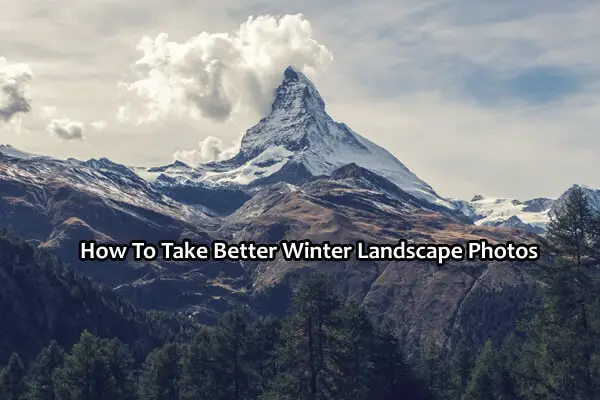 If you want to get some fantastic snow shots in, I have some advice that might come in handy.
If you want to get some fantastic snow shots in, I have some advice that might come in handy.
Keep it Bright
Due to the lack of contrast, it’s sometimes difficult to find a colorful element to stand out in the photo. It might seem really counterintuitive to overexpose an image when there’s sunlight bouncing off all that snow, but it does help the photo gain new life to a certain extent. I’m not talking crazy overexposure, just a touch to keep the photo from seeming overly gray and non-colorful. The highlights are actually a good point of reference for this – if they’re clipped then you’ve gone overboard and you need to turn it down a notch or two.
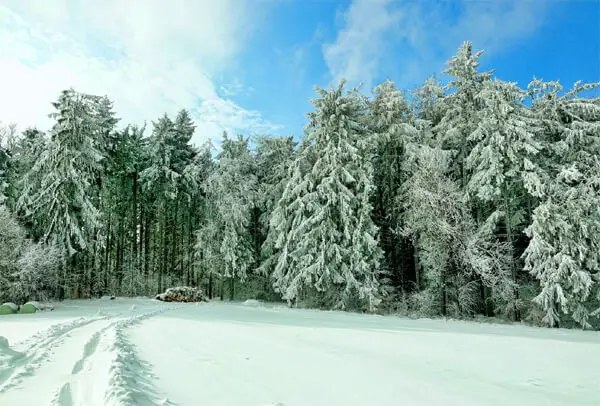 Courtesy of Pixabay
Courtesy of Pixabay
Cool, Not Warm
Choosing the right white balance can make all the difference in photographing winter landscapes. It doesn’t matter if you do it on-site or in post-processing, but winter photos will generally benefit from a cool white balance. The shadows in winter are naturally cool, so it’s better to overemphasize this with the adequate balance instead of trying to capture something warm. Not only will this reinforce the actual mood of the photograph, but it will also make it seem much more realistic with very little additional effort. It’s definitely a move you don’t want to skip, even if it’s just in post-processing.
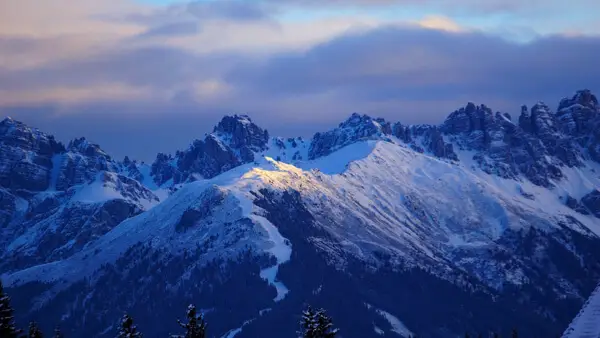 Courtesy of Boris Misevic, Unsplash
Courtesy of Boris Misevic, Unsplash
Find Contrast
As already mentioned, it’s sometimes difficult to find adequate contrast when everything around you is completely white and covered with snow. It can be a challenge to find an element that can stick out in the photograph, but the good news is that as soon as you find anything it will stand out perfectly. Whether it’s a lake, a house or just about any piece of scenery, it is instantly recognized by the eye so you don’t have to do any additional work to make it interesting. Don’t settle for photos without contrast because they will seem a bit boring – but remember that as soon as you find any, it’s probably all that you need.
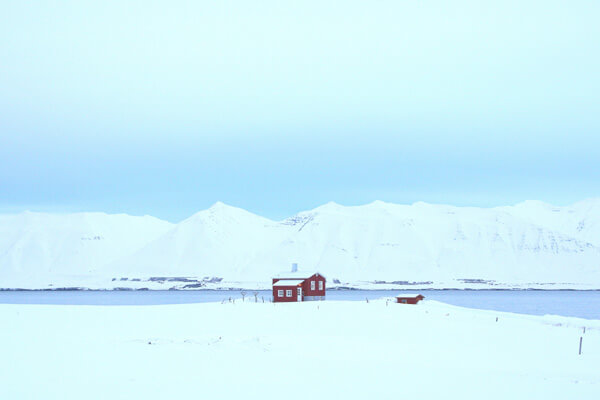 Courtesy of Asgeir Pall Juliusson, Unsplash
Courtesy of Asgeir Pall Juliusson, Unsplash
Manual Focus
The final problem that makes taking winter landscape photos a challenge is the focus, or rather, your camera’s inability to obtain autofocus under certain conditions. This is also partly due to the issue of low contrast. The camera lens practically works like a human eye, and if you’ve ever been exposed to snow after being in a dark room for a certain amount of time you know how hard it is to see anything (this is actually a condition known as snow blindness). There’s so much light bouncing off the snow that the camera lens has no idea what to favor. This is why it’s best to keep your camera on manual focus and adjust as needed because otherwise, the lens will just probably focus on the falling snowflakes instead.
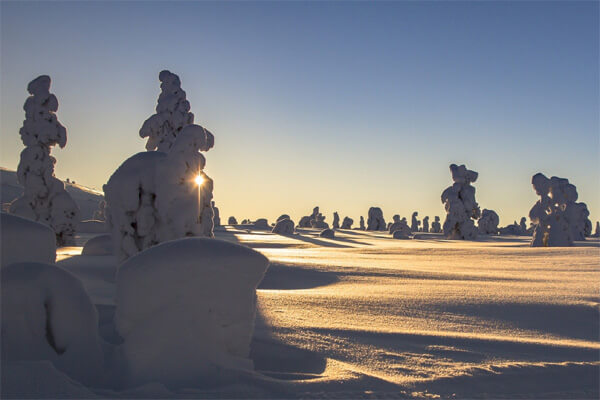 Courtesy of Pixabay
Courtesy of Pixabay
The Bottom Line
As you can see, there’s more to taking winter photos than necessarily meets the eye. Of course, there are plenty more things to be said about winter photography, but I have a feeling that these few practical tips will be enough for now.
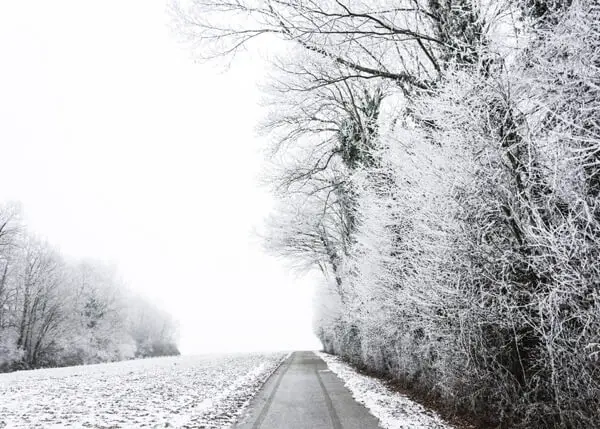 Courtesy of Camille Kmile, Unsplash
Courtesy of Camille Kmile, Unsplash
To sum up, remember to find contrast wherever you can, overexpose the image if necessary, always use manual focus and favor a cool white balance. Taking winter landscape photos is challenging but very rewarding if you do it right, and with enough practice, I’m sure you’ll be able to nail it.
For more on landscape photography, take a look at this link.
Credits:
Main photo by Sven Scheuermeier on Unsplash









2 comments